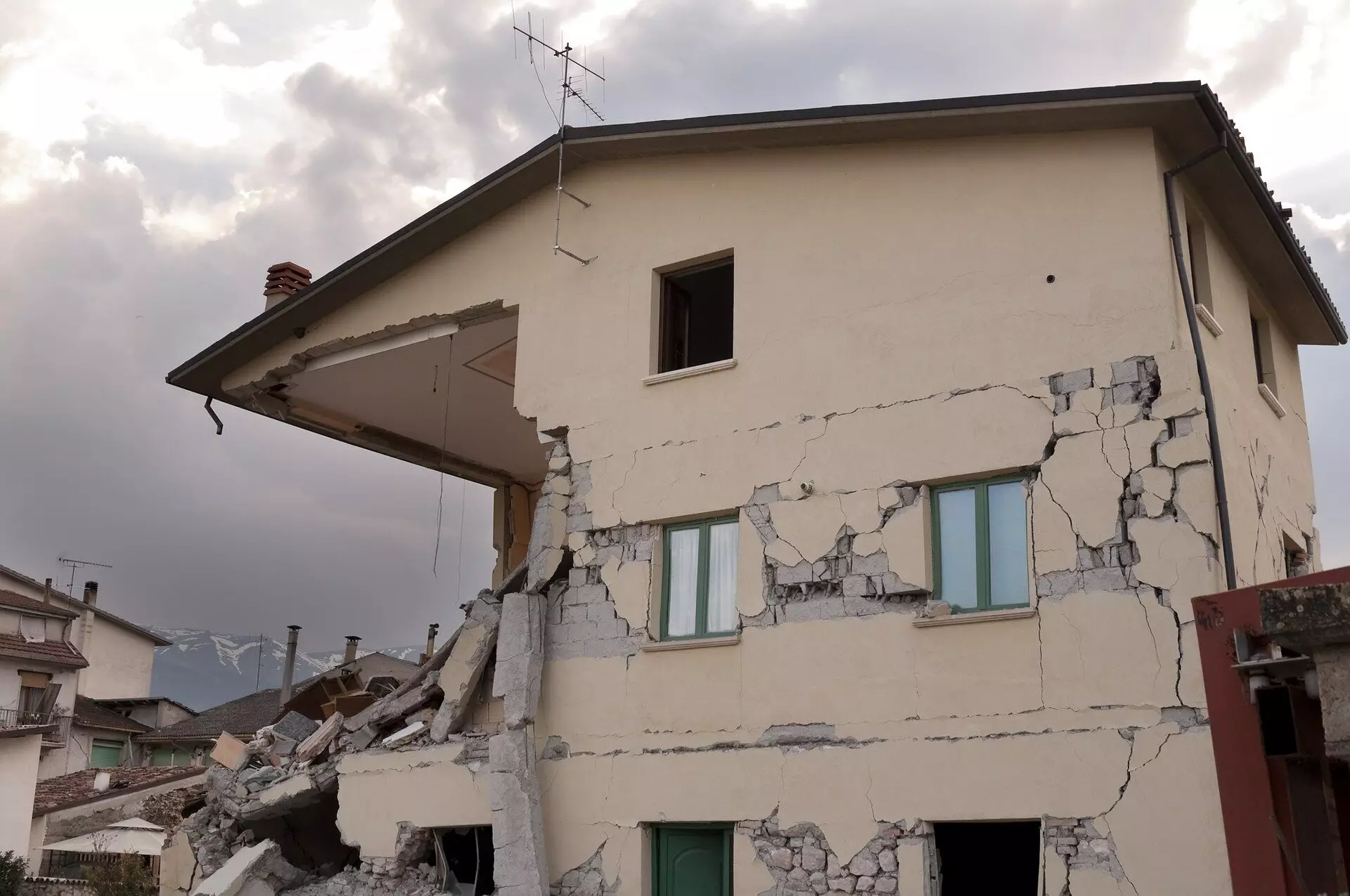Earthquakes are some of nature’s most powerful phenomena, with significant impacts on human life and infrastructure. While many are familiar with the concept of aftershocks that occur following a major seismic event, fewer might know about the seismic activity that often precedes these quakes. Specifically, a phenomenon termed Precursory Scale Increase (PSI) has been identified, which details a marked rise in both the frequency and scale of smaller earthquakes in the lead-up to a larger event. This ongoing activity hints at the complex processes occurring within the Earth’s crust as tensions begin to build.
Central to understanding PSI is the earthquake forecasting model known as EEPAS (Every Earthquake a Precursor According to Scale). This model leverages statistical relationships among various precursor variables to project significant earthquakes in the medium term—spanning from months to decades. EEPAS has shown promising results through global testing, demonstrating its utility not only in New Zealand’s earthquake forecasting efforts but also in shaping its National Seismic Hazard Model. This nexus of research aims to improve public safety measures by offering a clearer prediction timeline for potential significant seismic events.
Advancements in PSI Detection
Despite its relevance, the study of PSI remained largely unexplored because of the cumbersome manual methods used to detect it originally. Recent advancements in technology, however, have paved the way for a systematic approach to identify these seismic precursors. A pivotal paper led by Dr. Annemarie Christophersen from GNS Science outlines two innovative algorithms designed to automatically detect PSI patterns in earthquake catalogs. By applying these algorithms to both actual seismic data and simulated scenarios, researchers could glean insights into the characteristics and implications of PSI.
One of the most intriguing findings from this research is the relationship between the precursory area and the time leading up to a significant earthquake. As the time frames increase, researchers noted that the precursory areas frequently contracted, suggesting a dynamic interplay between these two variables. This observation aligns with the expectations set forth in the EEPAS model, indicating that the methodological advancements may offer stronger empirical support for existing forecasting models.
Impact on Future Earthquake Forecasting
Dr. Christophersen emphasizes that the integration of these findings into the EEPAS model represents a crucial step in enhancing medium-term earthquake forecasts. The implications for public earthquake predictions and the National Seismic Hazard Model are profound, potentially leading to more precise warnings and better preparedness initiatives. By continuing to refine our understanding of seismic precursors, researchers can contribute to the broader objective of minimizing risks associated with these unpredictable events.
Ongoing research into earthquake precursors like PSI underscores the need for innovative methods in understanding seismic patterns. The work being done not only advances scientific knowledge but also holds promise for improving public safety measures in earthquake-prone regions. As technologies evolve, so too does our capability to predict and mitigate the devastating impacts of seismic activity.


Leave a Reply